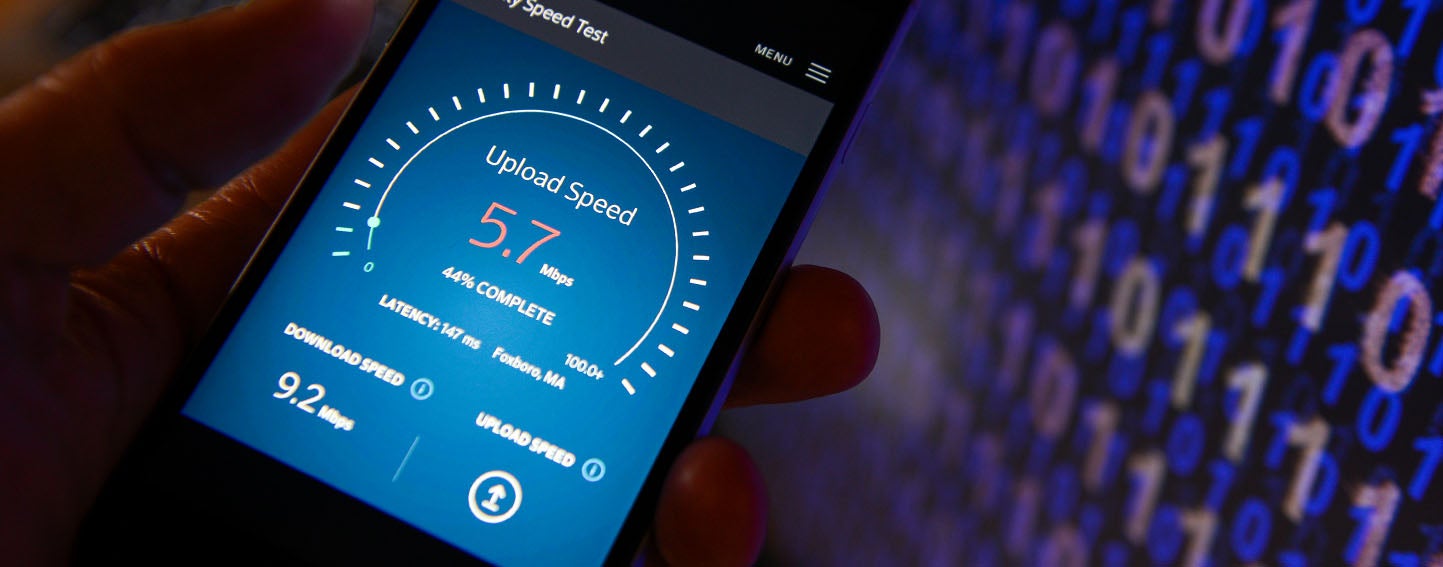
It’s a familiar tale: The Trump administration imposes a new policy, California acts to thwart it, and a political battle ensues. This time, the Golden State is pushing back on the actions of the federal government by restoring the net neutrality rules that were adopted in 2015 by the Obama-era Federal Communications Commission (FCC) and then discarded in 2017 by the Trump-era FCC.

During his final bill-signing bonanza as California governor, Jerry Brown approved SB 822, which surpasses the original net neutrality rules by enacting broader restrictions for telecom companies in the state. For example, the bill prohibits these providers from using “zero rating,” the practice of exempting some sites and services from data caps. The Electronic Frontier Foundation explains that zero rating would “favor big content providers who can afford to pay for access to users’ eyeballs, and marginalize those who can’t, such as nonprofits, startups, and fellow users.”
The Department of Justice (DOJ) immediately responded to Brown’s signature with a lawsuit, arguing that the authority to regulate the internet rests with the federal government, not with states. In a press release, the DOJ called the California measure “unlawful and anti-consumer” because it attempts to “subvert the federal government’s deregulatory approach by imposing burdensome state regulations on the free internet.”
California Attorney General Xavier Becerra begs to differ. According to POLITICO, Becerra said the state “will not allow a handful of power brokers to dictate sources for information or the speed at which websites load. We remain deeply committed to protecting freedom of expression, innovation, and fairness.”
Why Net Neutrality Matters in Health Care
Net neutrality isn’t only about protecting consumers from anticompetitive practices or pricier data plans. In an increasingly connected world, high-speed internet access is a social determinant of health. Healthy People 2020, a 10-year agenda to improve the nation’s health, recognizes internet access as having an impact on “a wide range of health, functioning, and quality-of-life outcomes and risks.” The internet is playing an increasingly important role “in connecting patients to the care continuum and supporting the ongoing development of provider electronic health record infrastructure,” Jennifer Bresnick writes for HealthIT Analytics.
On the Sheppard Mullin Healthcare Law Blog, Kristi Kung explains that the internet without net neutrality protections could be “divided into free slow lanes and pay-for-access fast lanes.” In this scenario, telecom companies could prioritize streaming services like Netflix over hospitals needing bandwidth for telehealth services. Larger hospitals might have the resources to pay more for fast-lane access, but smaller hospitals, safety-net clinics, and rural clinics could be left behind. Smaller providers, such as primary care clinics, may have to “opt out of developing and offering telehealth services,” Kung warns.
Residents in many rural areas already lack access to health care because of provider shortages. In California, 25% of rural hospitals have closed over the past two decades. Telehealth access from rural clinics has been a beacon of hope, providing critical services like mental health counseling and video consultations with specialists to underserved areas. Without net neutrality, rural clinics might have to forgo telehealth services altogether or pass along the costs of broadband access for telehealth services to patients already struggling to pay for their care and to state Medicaid programs. As the Center for Connected Health Policy’s Executive Director Mei Wa Kwong, JD, wrote on our blog, “telehealth in the home could be severely curtailed as consumers may face higher prices for connectivity that would be sufficient for a telehealth interaction.”
Unintended Loss of Services for Patients
While California’s net neutrality law is scheduled to take effect on January 1, 2019, the DOJ is seeking a preliminary injunction to block it. If the Trump administration succeeds, California’s efforts to expand telehealth may be put at risk. These efforts include two telehealth bills recently enacted by Governor Brown. AB 2861 requires that Medi-Cal providers be reimbursed for alcohol or drug counseling via telehealth. AB 2315 requires the state Department of Education to develop guidelines for behavioral health services provided on telehealth platforms. We’ll be monitoring the situation with the help of our internet access.
Authors & Contributors


